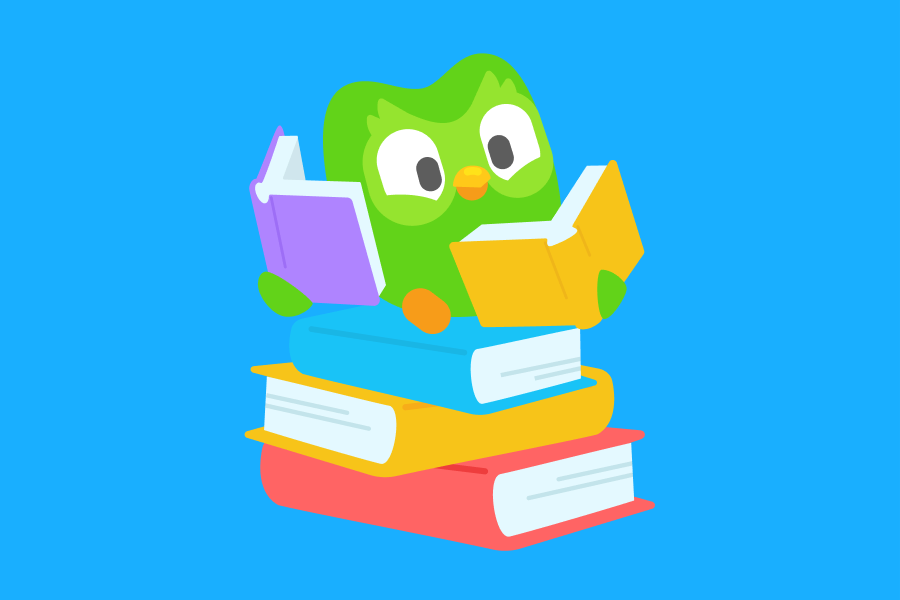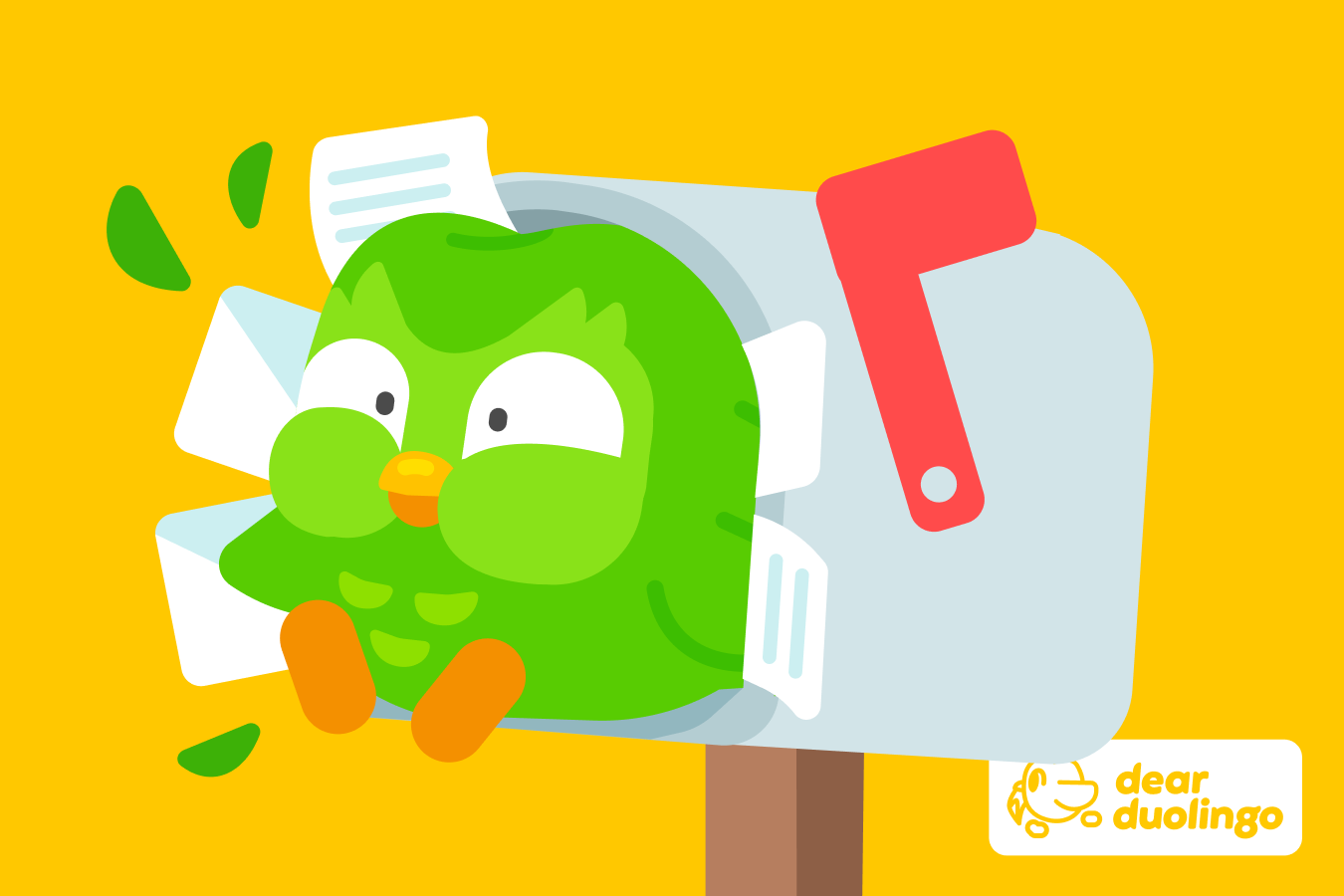Learning a new language takes patience, practice, and, most of all, time, so learners are eager to make the most of their effort. Given what we know about languages, learning, and the brain, what's the best way to learn a language?
There's not a one-size-fits-all approach, since learners have varied needs, goals, and experience studying languages, but there's a lot we do know about successful learning. In this post, we'll identify the most important ways to boost your language learning, and we'll turn to the best language learners around for inspiration: kids!

So easy, even a baby can do it!
Kids are the gold standard of language learning, because they make it look so easy! In fact, it takes many years and lots of trial and error for kids to grow into good conversational partners who express themselves clearly and know just what to say and—equally important—what not to say. You've probably heard that kids' brains are better at picking up languages, and that's true—but it's not the whole story.
Kids are also such good learners because of the language situations they find themselves in. They are highly motivated to communicate and connect with the world around them, and they use all kinds of language to do it, no matter how adult-like or sophisticated it might sound. They don't get hung up on knowing all the grammatical rules, exact terms, or best way to express something: they communicate at all costs, with whatever words and grammar they have at their disposal, and that is a compelling lesson for all learners.
Here are more lessons from the littlest language learners:
Find lots of language
Kid inspiration: Kids are surrounded by the language(s) they're learning morning, noon, and night, so they get tons of input (language that they can learn from).
Adult application: Your brain needs lots and lots of examples of language—vocabulary, grammar, sounds, rules about when and where to use certain terms—so the first rule of child-like language learning is just to get in front of the language, in any way possible! However you can, whenever you can, using whatever tools you can.
The input that kids get is especially good for learning because it's rich in information. Flashcards and verb charts can help reinforce and organize what you learn elsewhere, but the real learning happens when the language comes with meaningful context, like longer phrases and sentences, storylines, dialogues, images, and real-world scenarios. Good input with lots of context will help get you noticing patterns, remembering them, and having them ready to go for communicating.

Pace yourself
Kid inspiration: It takes years for children to learn all the parts of their language, and some particularly tough sounds and grammatical phrases aren't mastered until kids are school-age. And we keep learning vocabulary and more academic or formal grammar through our teenage years and beyond!
Adult application: Learning a new language takes a long time, but most learners don't need to have impeccable, orator-like agility. Being confident and conversational is an admirable goal, and it doesn't have to take years to get there. Think about your personal language needs and then decide on the right proficiency goal for you—instead of trying to achieve what kids do in 5 (or 7, or 15, or 35) years. Maybe your two-year plan is to speak entirely in Spanish when you visit your abuelos, but setting shorter-term goals will help you build a sustainable study habit and let yourself feel progress in the meantime. There's no quick fix or proven shortcuts, so pace yourself, and focus on small, bite-sized learning to get you to your finish line.
Embrace mistakes
Kid inspiration: Kids are less hesitant about having perfectly adult-like language at the ready, and instead they focus on communicating. They have lower affective filters than adults do, which means they are less worried about making errors in front of others and typically have less anxiety about saying what's on their mind (parents, sound familiar?).
Adult application: Focus on getting your point across, and don't get hung up on being perfect. Mistakes are a necessary part of learning—they show places where your brain is still testing which options work and which don't—and making mistakes draws your attention to the correct form for later use. Risking mistakes also means helping your brain develop strong connections to understand, use, and retrieve the language from memory more efficiently. They're worth the risk!

Get involved
Kid inspiration: Kids put themselves right in the middle of the action and interact with their language and the people around them. They repeat, listen, ask questions, and talk to themselves—even babies babble for practice. Kids also play games, listen to music, and read books (the same books, hundreds of times) in their language. They learn by doing!
Adult application: Learning doesn't always have to feel like deliberate studying or formal lessons, and you can actually learn a lot by doing the things you already love, like listening to podcasts, binging Netflix, and obsessively scrolling Twitter. Seek out the things you already care about (social justice? fanfic? cooking?) in the new language—this will get you more of that valuable input and keep you motivated. Make sure to interact by singing along, posting comments, chatting in forums, and even writing a chapter of fanfic yourself!
Mix it up
Kid inspiration: Kids surround themselves with language, in many mediums, in many ways. They never do one thing for long!
Adult application: Think of your new language in terms of receptive skills (reading, listening) and productive skills (speaking, writing). To get comfortable using a new language, you'll need all four skills so that you're ready to receive information in the new language and then produce a response to it. Use all four skills right from the start, from the very first day!
Learn patiently, creatively, and with purpose!
There are lots of ways that adult learners, too, can make steady progress in a new language by fitting learning into their busy (adult!) schedules, building consistent study habits, and finding meaningful ways to engage with the language.
Find the learning method and tools that works for you, and stick with it!
To learn more about how to learn a language with Duolingo, read about our recommended approach here and see how much our learners achieve.



